Archaeological Treasures Discovered During the Construction of the Thessaloniki Metro: From Ancient History to the Present Day
During the construction of the Thessaloniki metro, significant archaeological treasures were discovered, shedding light on the rich history of the city. From ancient streets and Byzantine buildings to everyday life through the centuries, these discoveries provide a unique insight into the past of Thessaloniki, making the metro project crucial for understanding the development of this vital Greek city. Discover what lies beneath the surface of Thessaloniki and how the discovered artifacts are connected to past times.
During the metro construction period, the largest archaeological excavations ever conducted in northern Greece were carried out in Thessaloniki.
The archaeological works revealed 130,000 archaeological finds.
An area of 20,000 m2 was covered. The budget for this endeavor was 132.6 million euros.
Tracing Ancient and Byzantine Streets Through the City
The route of the Thessaloniki metro, passing through the city center, follows the basis of the main streets of the urban fabric of the ancient and Byzantine city, bordered by colonnades and arcades and featuring a road surface 16 meters wide.
The Byzantine fortification of Thessaloniki started from the Golden Gate (Porta Aurea), today’s Vardaris Square, and ended at the Cassandrian Gate, today’s Syntrivani Square.
In the area between these two central gates of the old city, construction works for the metro stations revealed significant antiquities belonging to different time periods.
Late Antiquity under the Soles of Thessaloniki - Agias Sofia Station
In the context of the construction of the Thessaloniki metro, two stations - Agias Sofias and Venizelou are of exceptional archaeological interest as they are located in the heart of the Byzantine metropolis, preserving a sufficient number of its monuments. As the metro works progressed, archaeological remains emerged beneath the current streets of Egnatia and Monastiriou in a continuous sequence reconstructing parts of the city’s image through the centuries.
Main Road from Late Antiquity
In the northern part of the Agias Sofias station, a monumental complex from the late ancient period, from the end of the 6th to the beginning of the 7th century, was excavated. It represents a section of one of the main road arteries, discovered over a length of at least 72.80 meters. The street paved with marble slabs and bordered by marble curbstones, just before merging with the vertical street at the height of today’s Agias Sofias Street, widens, forming a paved square with a fountain. The street’s monumental form is complemented by a colonnade, consisting of seven column bases from the 4th and 6th centuries in the southern part of the main street, characterizing it as Via Colonnata.
Research and excavations were also focused on the area south of the marble-paved road with the aim of examining the oldest settlement phases of the site.
Remains of residential and construction objects have emerged, such as drainage pipes, garbage pits, wall remnants, and brick constructions testifying to the continuous use of the space, from the early Hellenistic period.
However, consecutive layers much wider than the marble-paved earth road, which during the Hellenistic period occupied the entire width of the northern half of the station (about 10 meters), were discovered.
This central road artery of Thessaloniki dates back to the 3rd century BC. until the beginning of the Imperial period (1st century BC - 1st century AD). Its position, foundation, and function do not differ significantly from the marble-paved street and all subsequent streets to the modern Egnatia Street.
Discoveries from the Early Christian Period
Only the facades of buildings from the southern architectural line from the Early Christian period have been identified. A complex of built drainage led to a large central vaulted pipeline passing vertically at the height of today’s Platonos Street, while clay and lead pipes served the needs of the city’s water supply network.
Shops and Workshops in the Area of the Venizelou Station
Within the Venizelou station, the same central road base of the Byzantine city was discovered, but paved with earthen and gravel sidewalks.
The avenue extends across the entire width (5.50 meters), intersecting two streets. Around the streets are densely built blocks forming the neighborhoods of the Byzantine agora.
Shops and workshops are oriented with spaces open to the street for displaying products for sale. An abundance of small items and jewelry, such as crucifixes, glass and copper bracelets, mostly copper and occasionally silver rings, testify to the historical commercial character of the area, with a focus mainly on the silver and goldsmith sector.
All artifacts will be on display to the public inside the metro stations.
Read about the metro route and stations as well as ticket prices in detail in our text Metro in Thessaloniki.
From ancient streets to Byzantine buildings, these archaeological treasures make the metro project a unique research endeavor.
These discoveries not only preserve cultural heritage but also confirm the continuous connection between past and present generations, through space and time.
And they allow us to walk the same paths that the ancient Thessalonians walked.
What else to visit in Thessaloniki with detailed explanations, but also where to try the best food, from gyros to specialties and cakes, see in the following texts:
Guide to Thessaloniki
We are always here to help you explore Greece! Follow us for the latest information, useful tips and authentic experiences to spend an unforgettable vacation in Greece!
We offer over 3,000 accommodations. Choose the right one for you and your family HERE.
Follow us on social networks where we regularly share exclusive offers, discounts and special arrangements for vacations in Greece as well as information, advice and useful news.
Facebook: Nikana.gr
Instagram: @nikana.gr
Tiktok: nikana.gr
Facebook grupa: Live from Greece
YouTube kanal: @NikanaTravel
Write to us at e-mail: nikana@nikana.gr
Our site nikana.gr is the leading source of information about Greece.

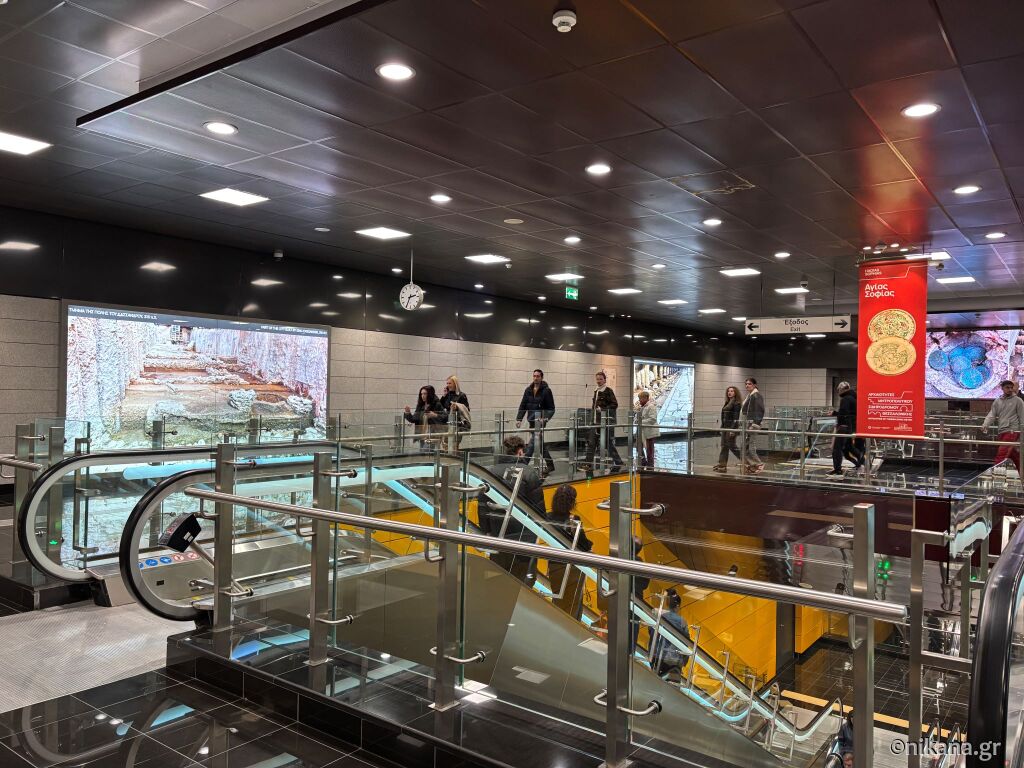
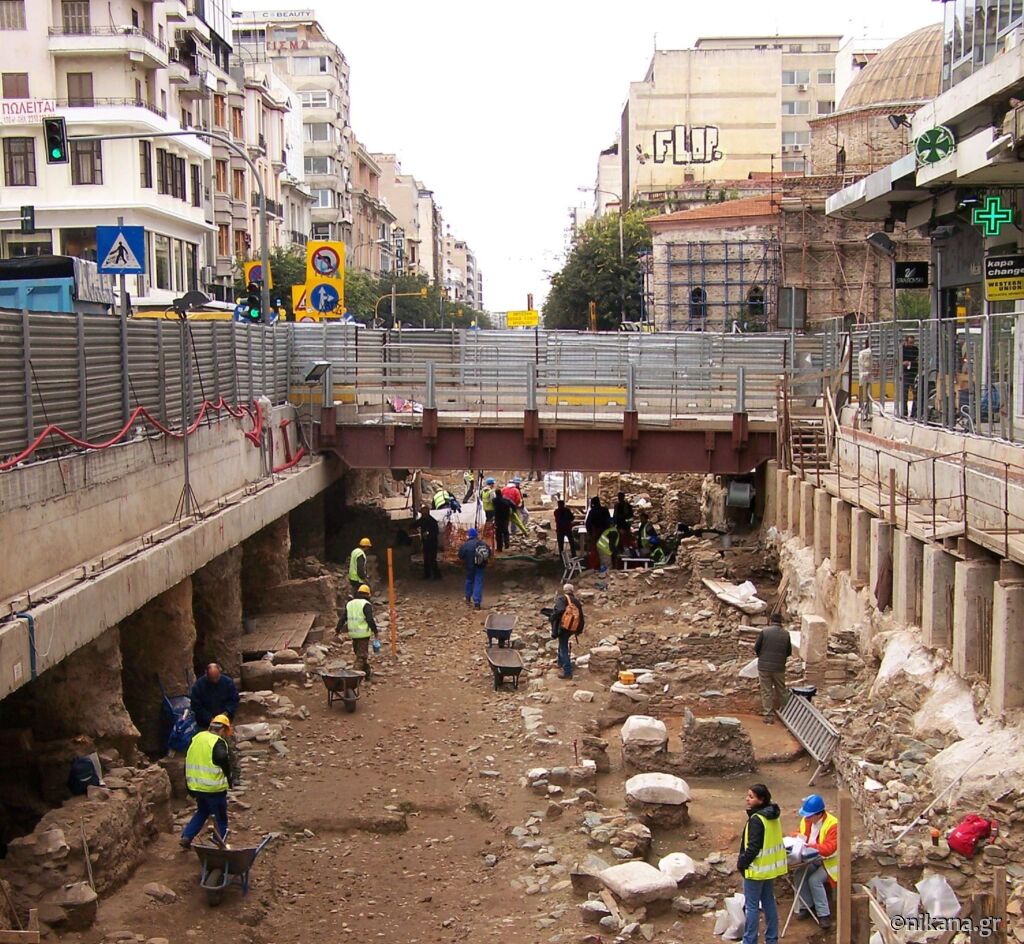
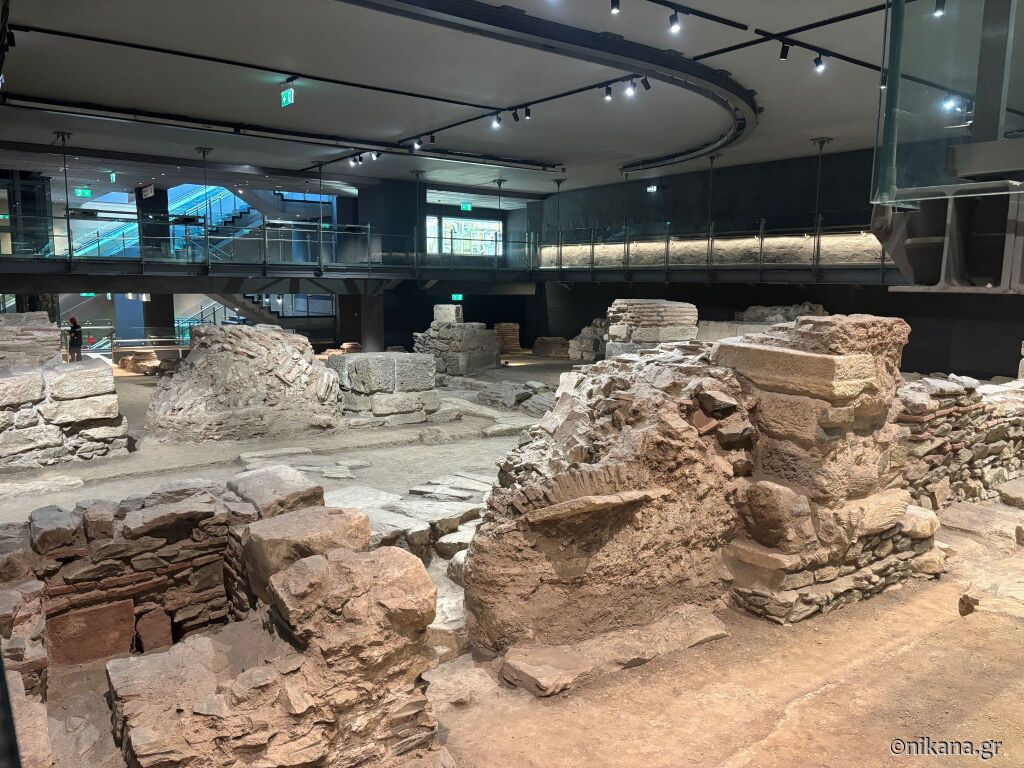

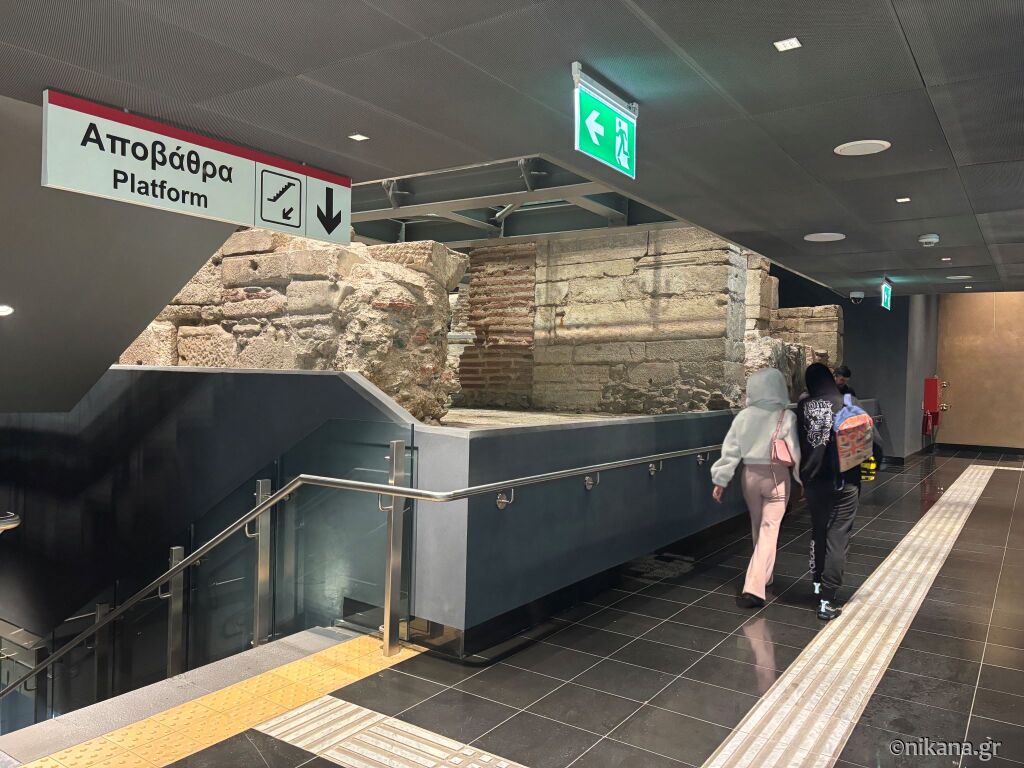
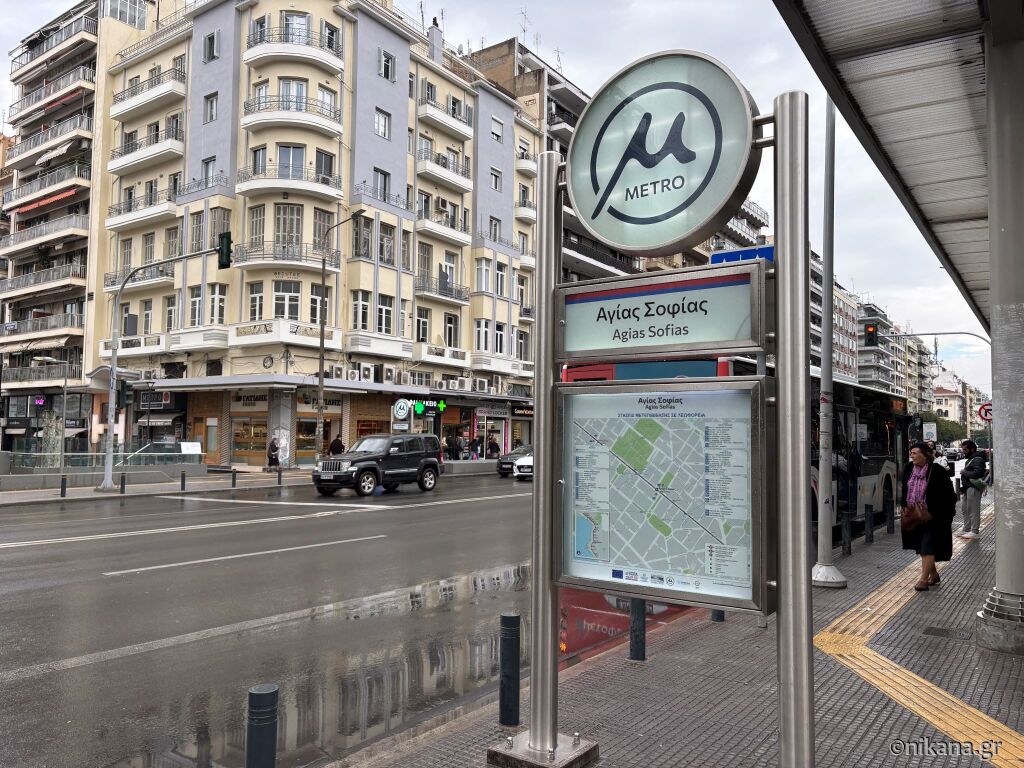
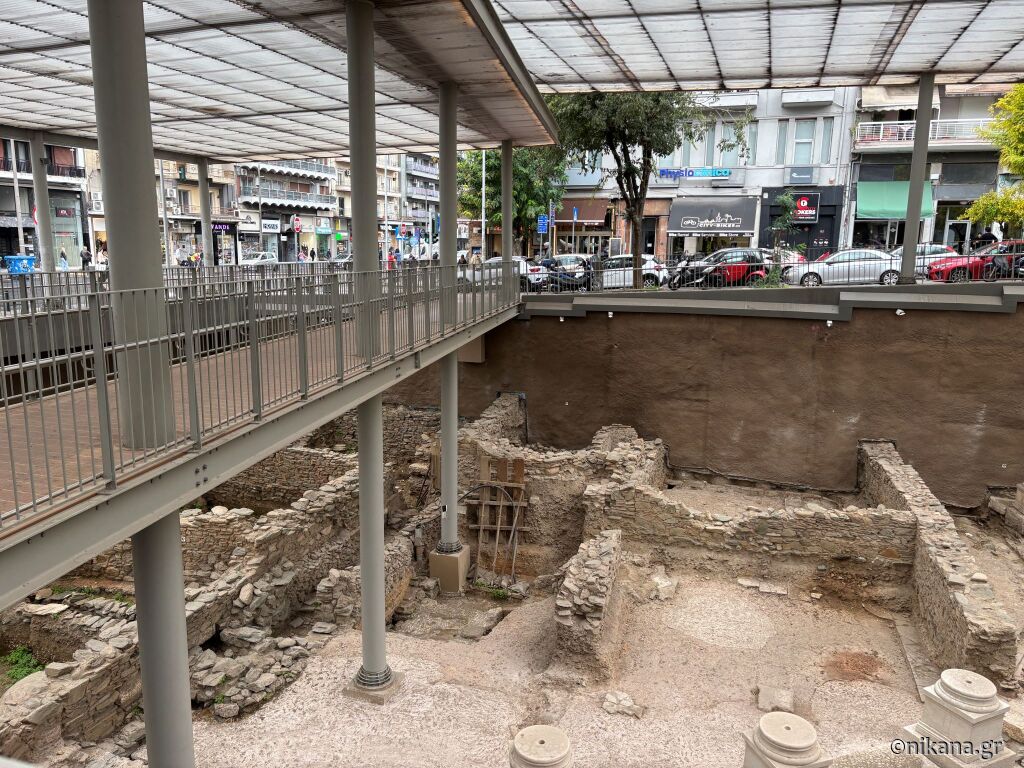
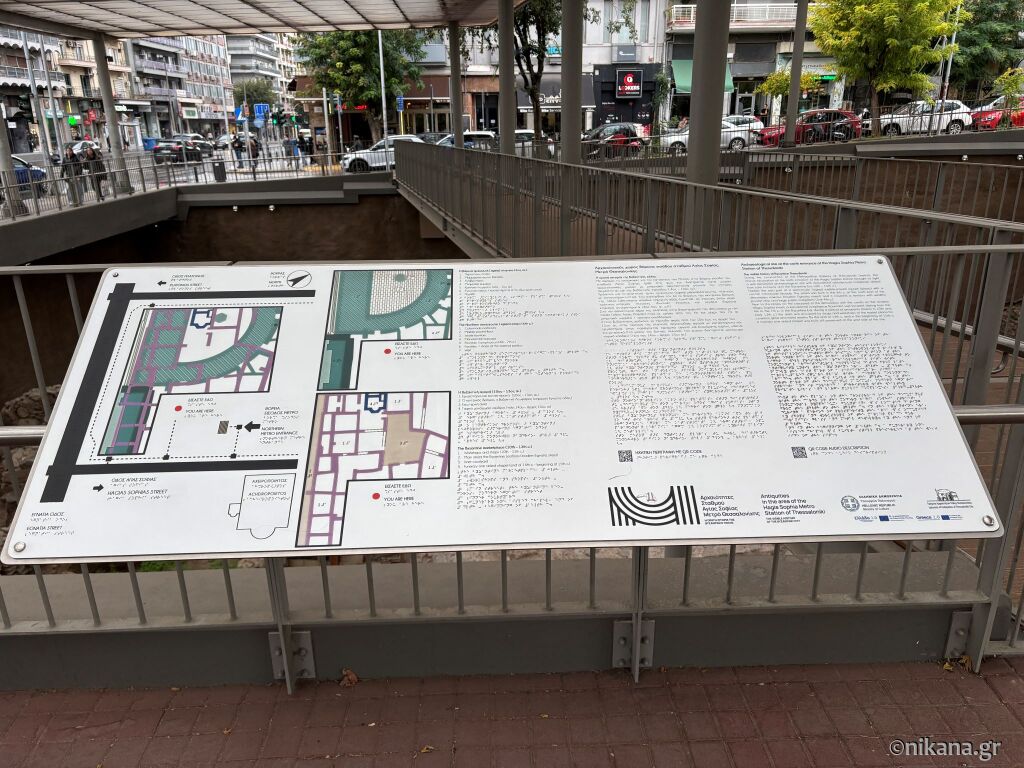
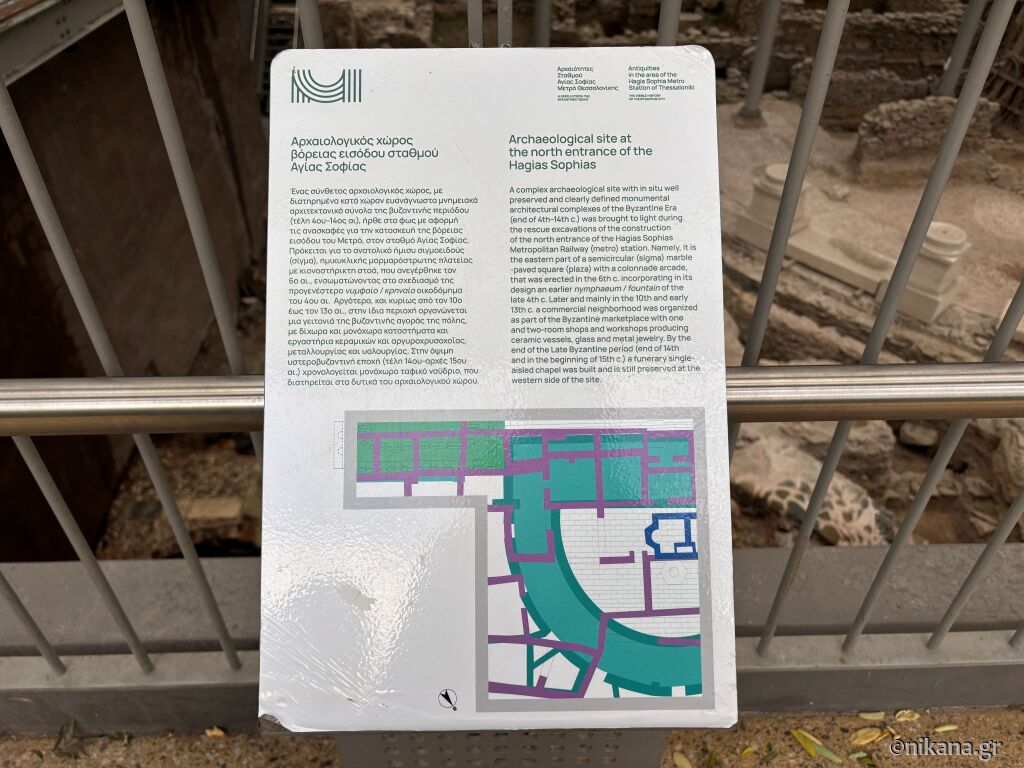

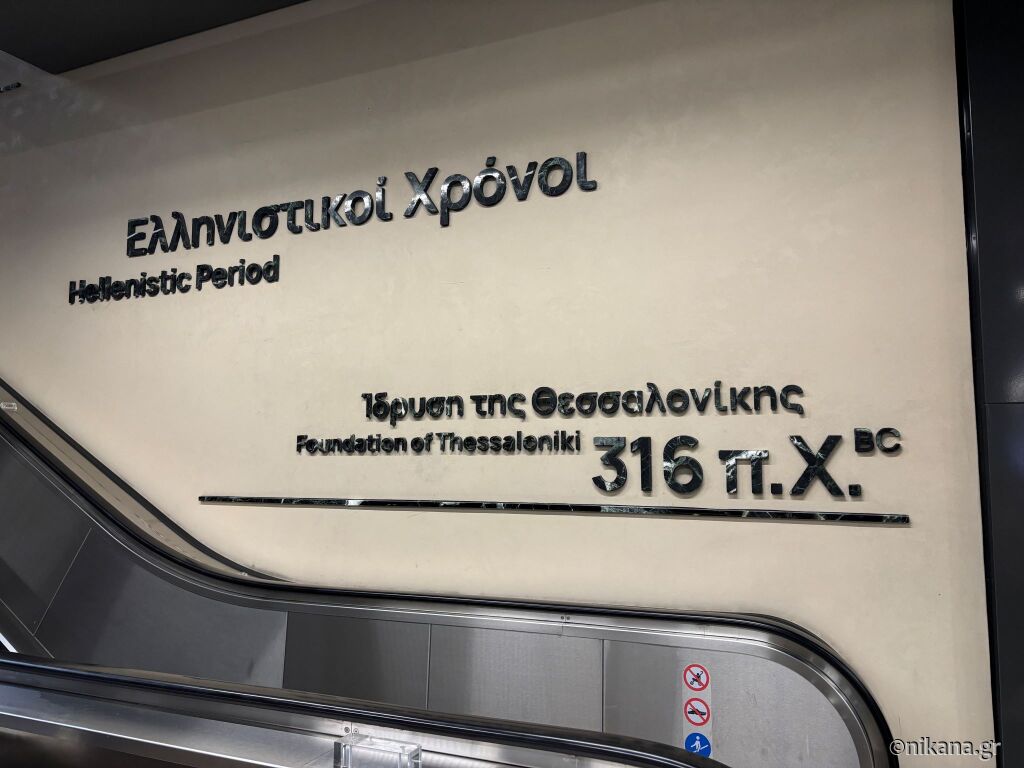
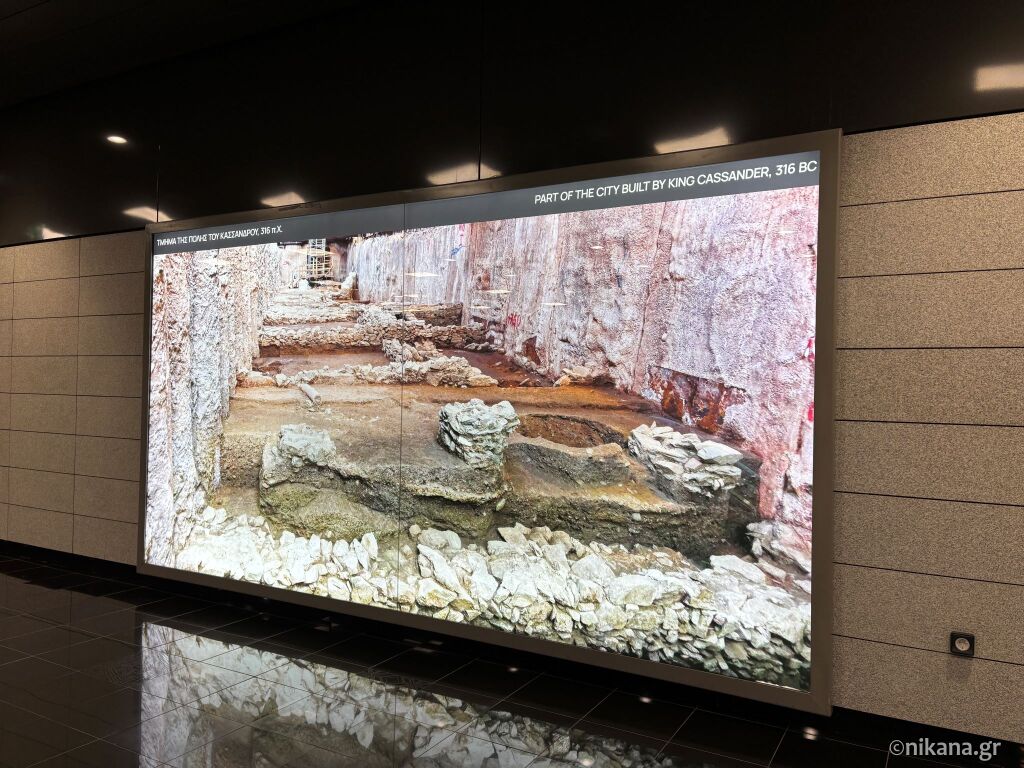
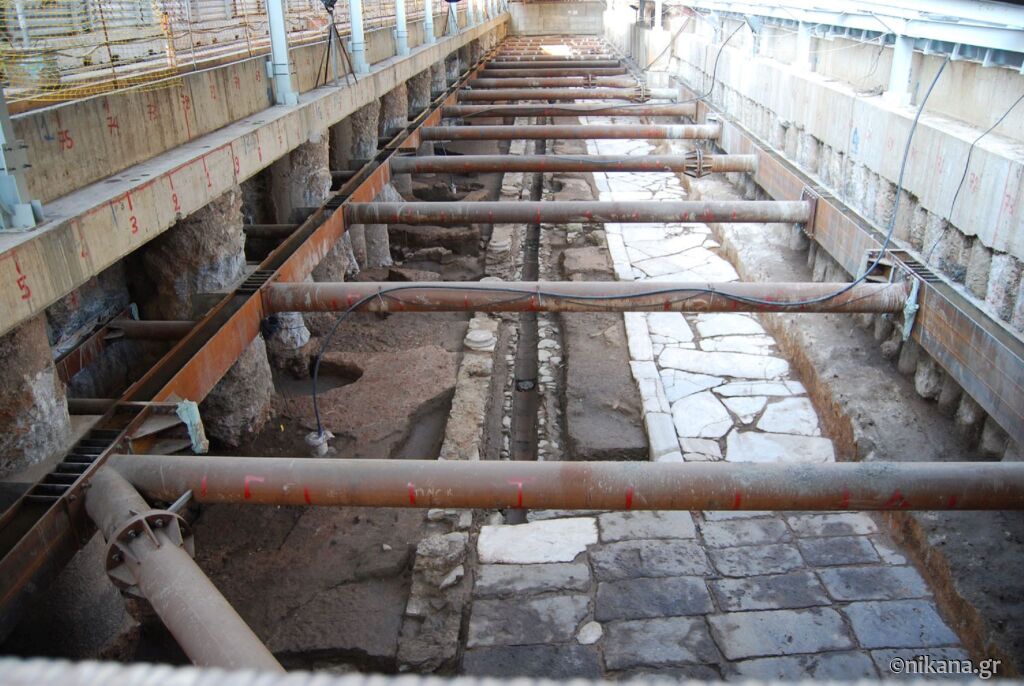
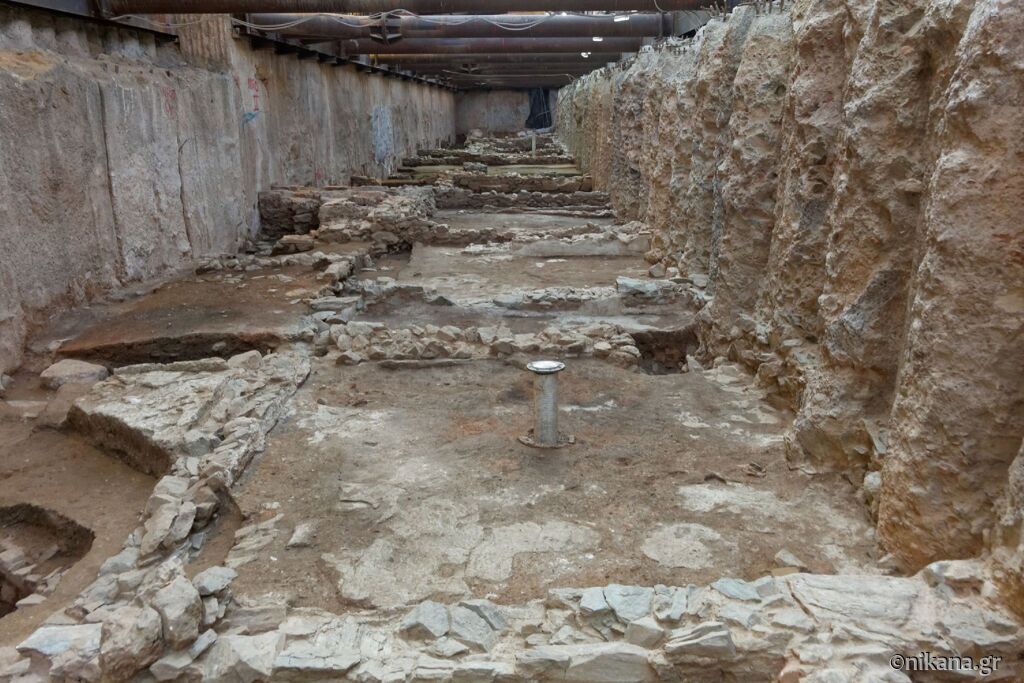
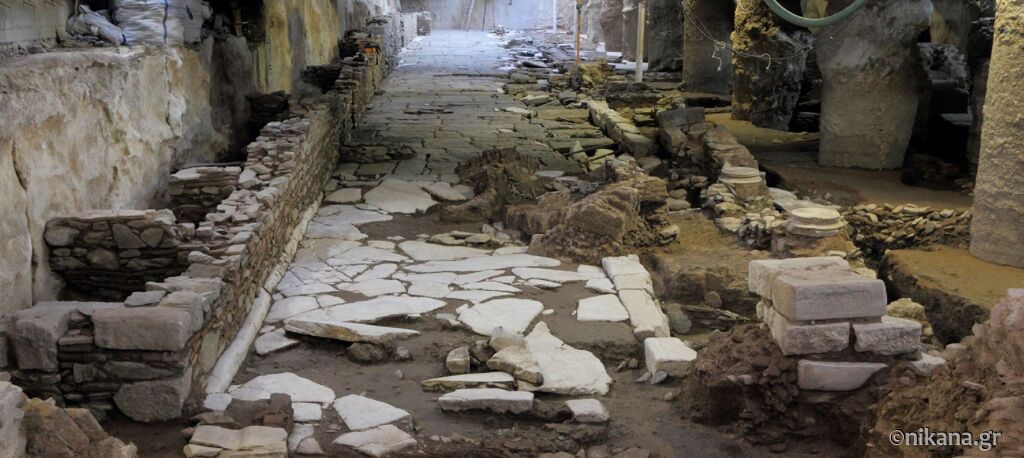
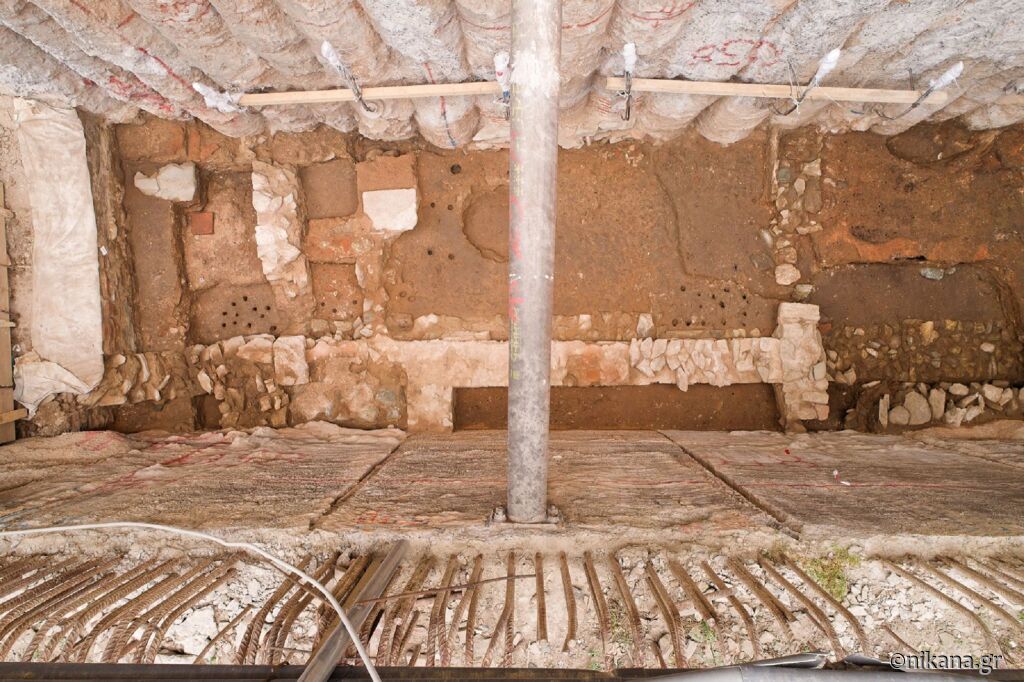
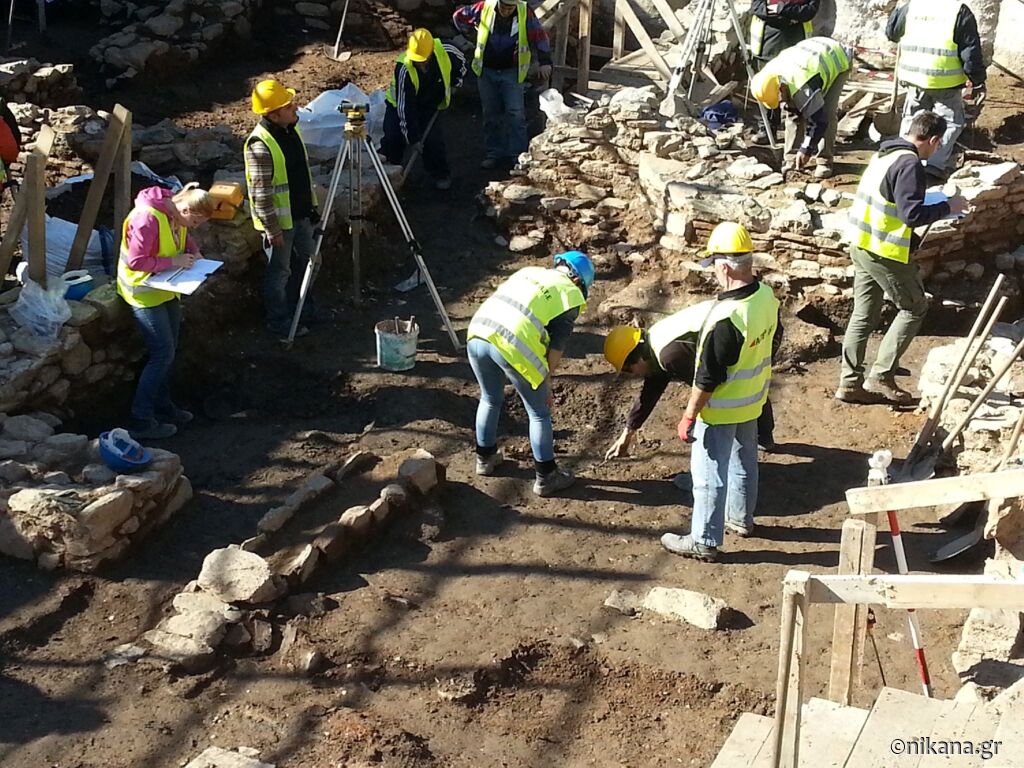
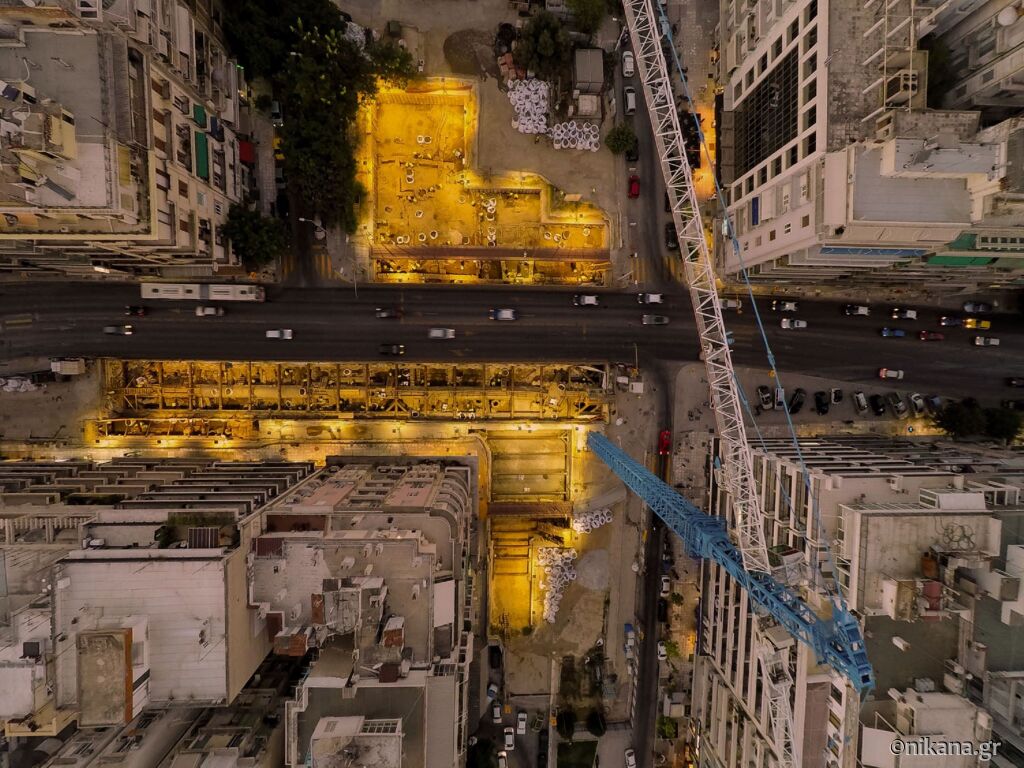
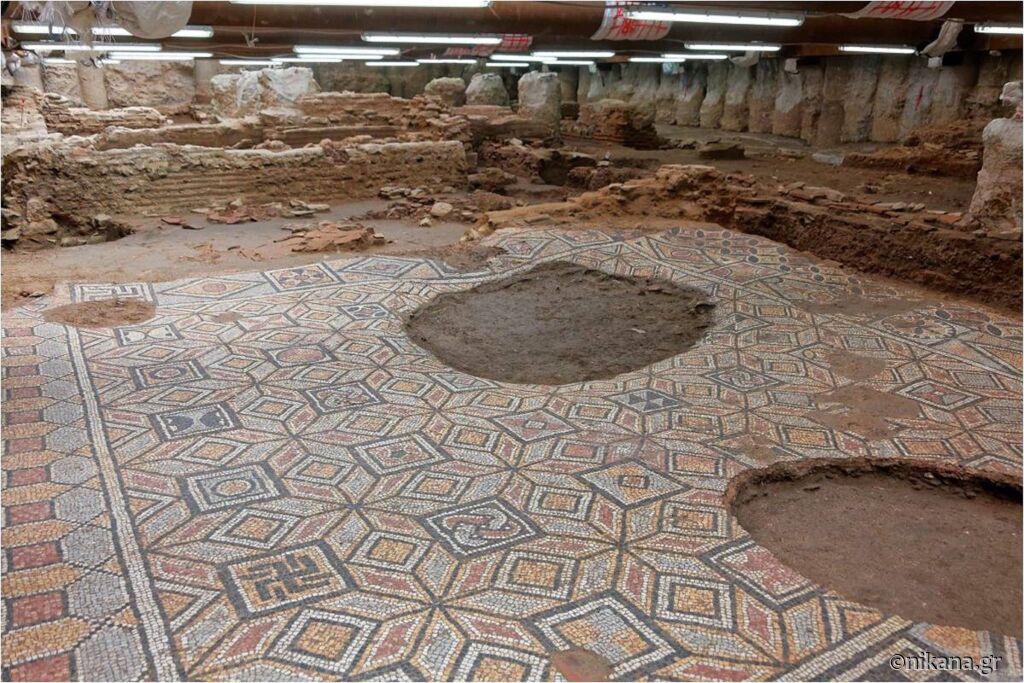
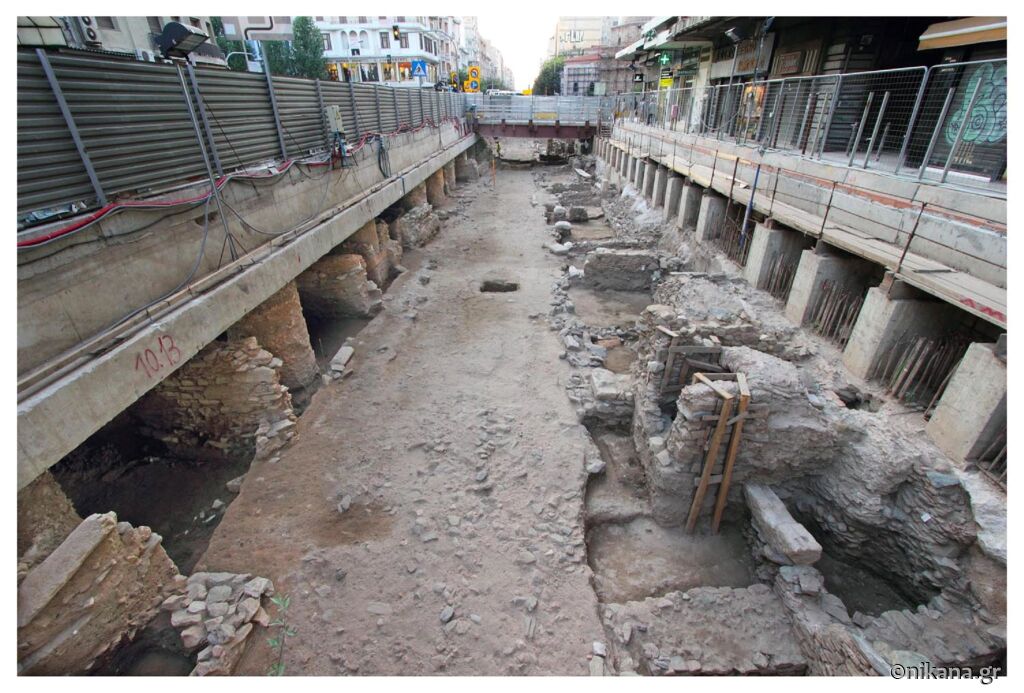
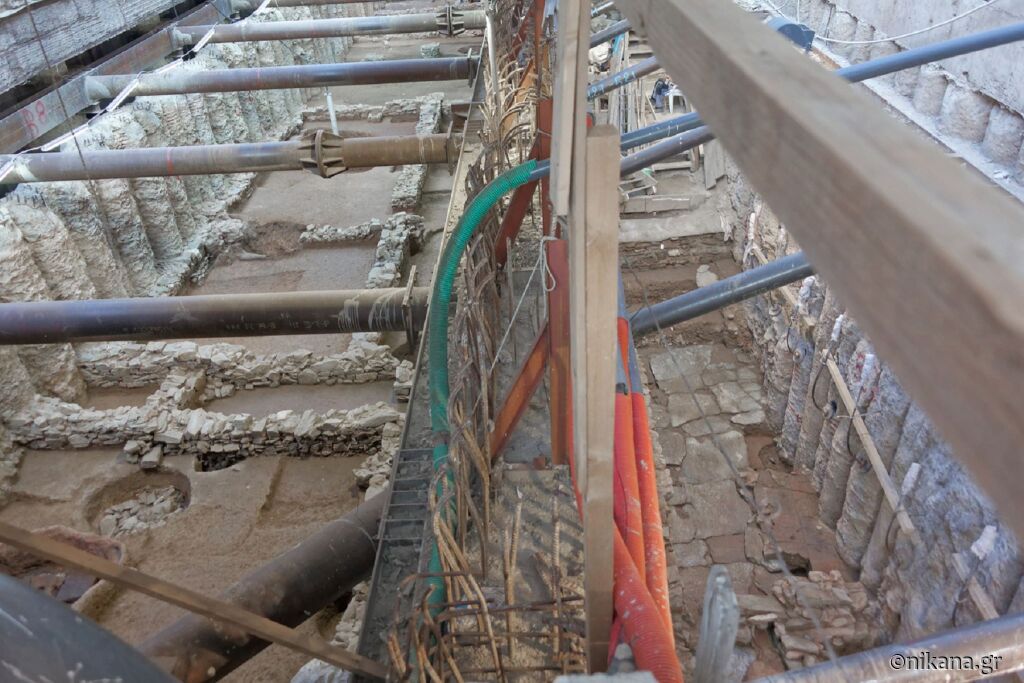
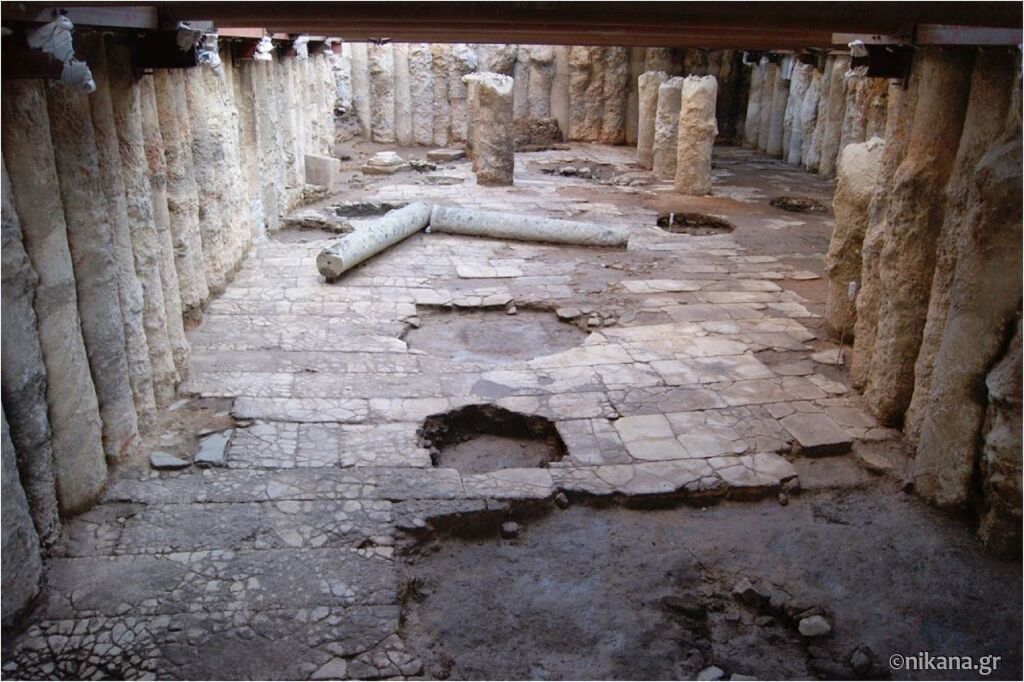
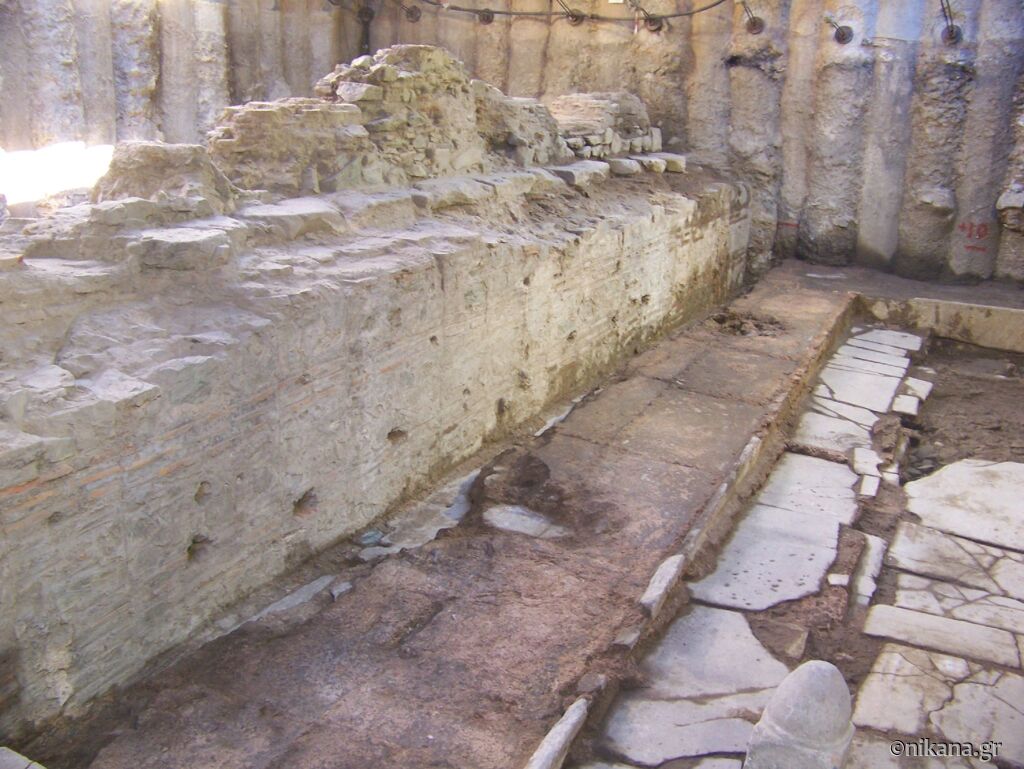

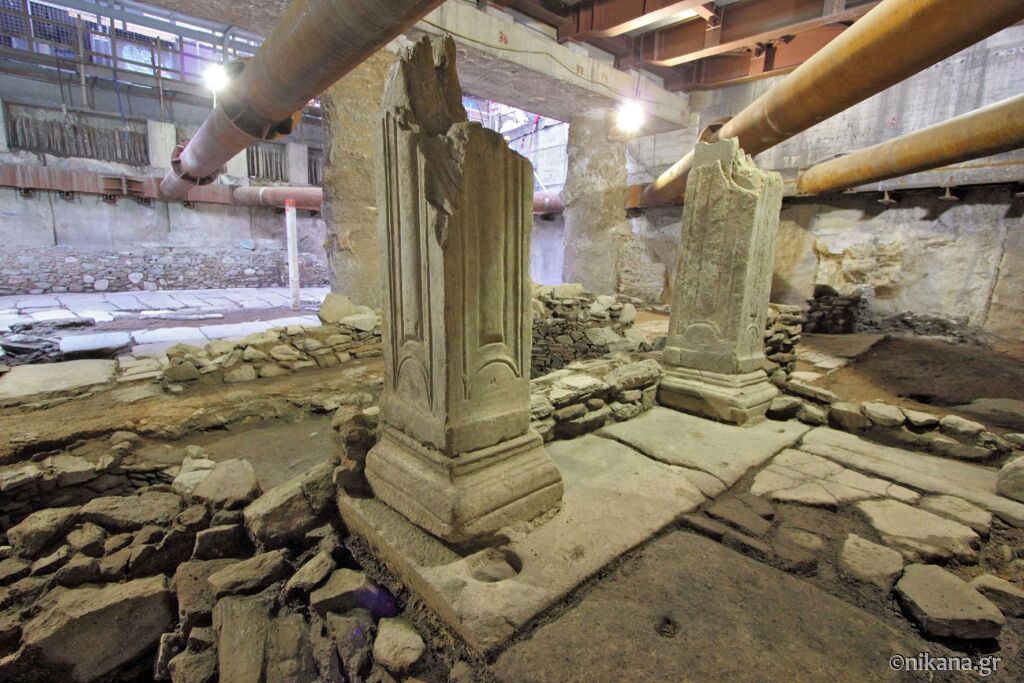

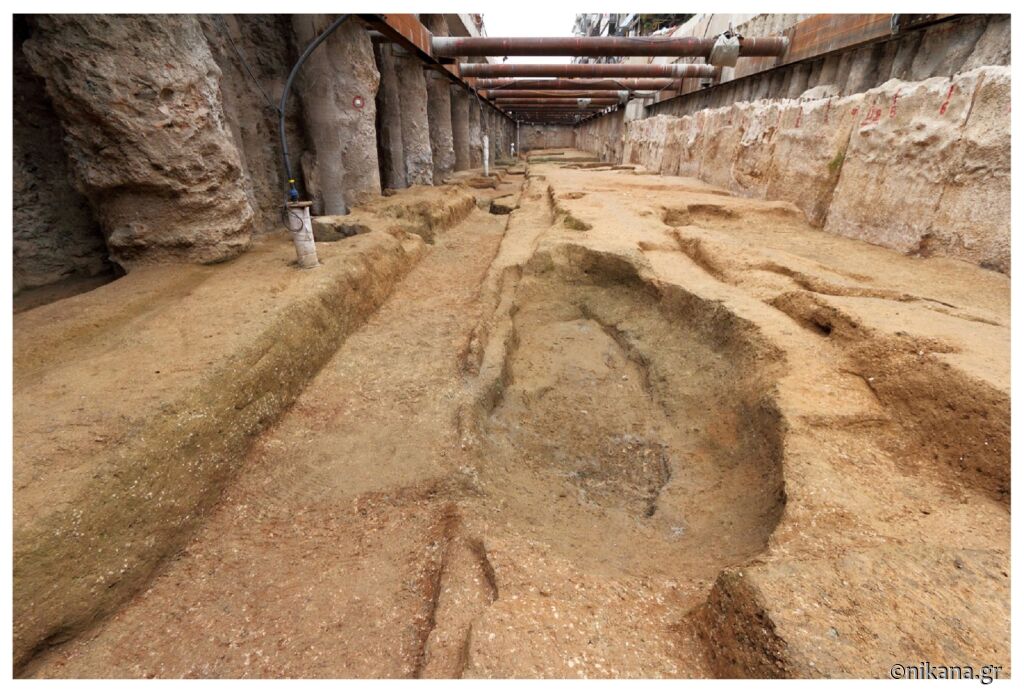
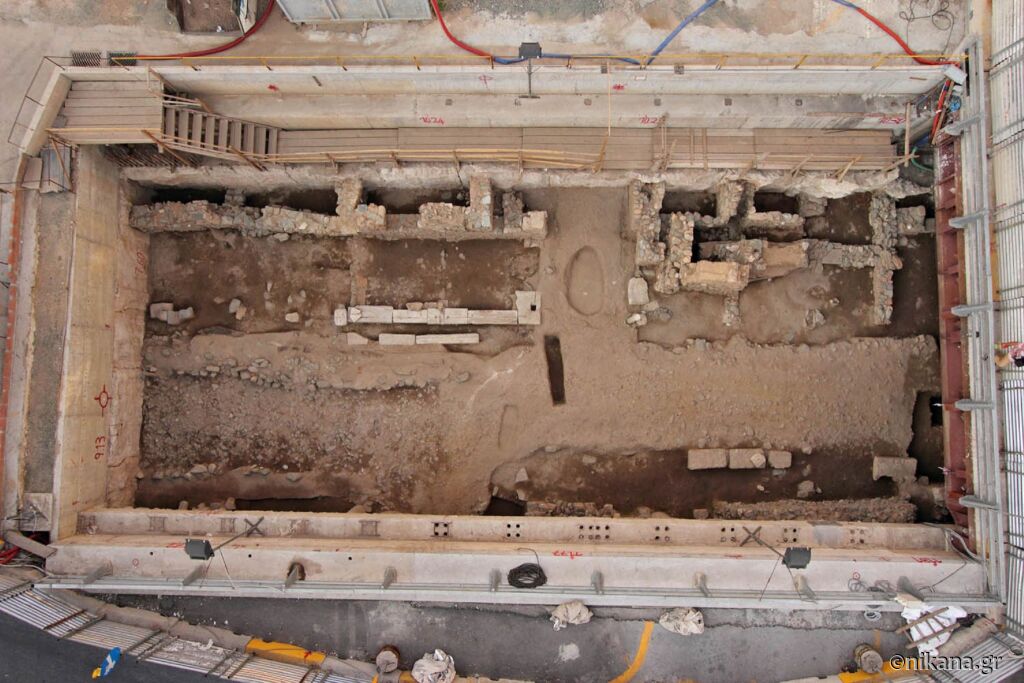
































Post a Comment
NOTE
All your questions in the comments will receive an answer via email so check your inbox shortly after you posted comment. For more detailed questions and responses, contact us via mail nikana@nikana.gr.